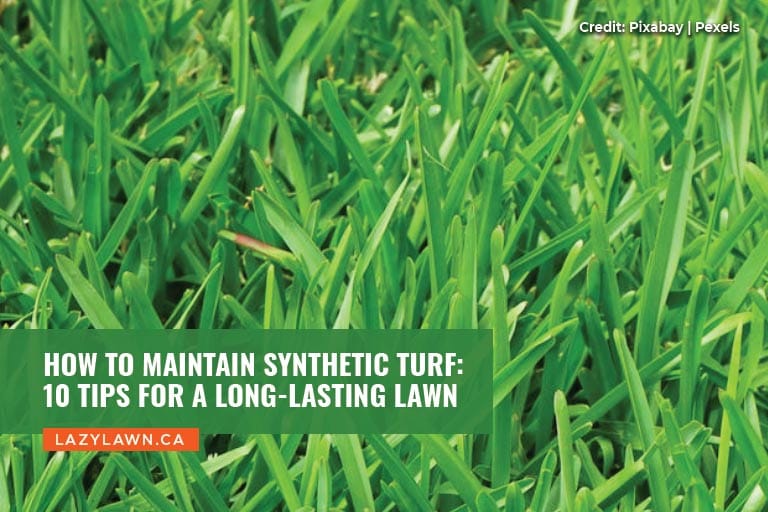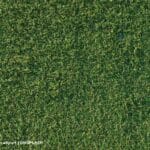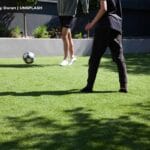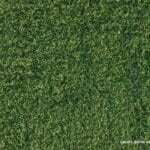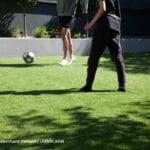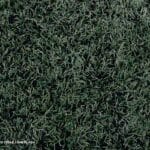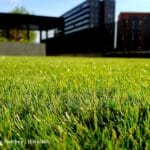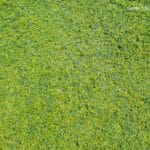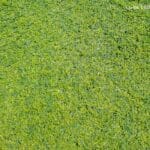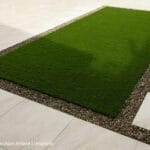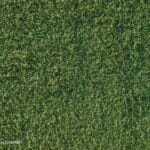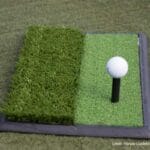Synthetic turf, also known as artificial grass, has become increasingly popular for homeowners as a low-maintenance and eco-friendly alternative to natural lawns. It offers the aesthetic appeal of lush greenery without the need for regular watering, mowing, or fertilizing. However, like any other investment, synthetic turf requires proper care and maintenance to ensure it remains in top condition over time. In this article, we will explore 10 essential tips to help you maintain your synthetic turf and keep it looking its best for years to come.
1. Regular Cleaning
One of the most important aspects of maintaining synthetic grass for Kelowna homeowners is regular cleaning. While synthetic turf doesn’t require mowing or watering like natural grass, it still collects dust, dirt, leaves, and other debris over time. Regular cleaning helps prevent these materials from accumulating and damaging the turf fibres.
To clean your synthetic turf, you can use a leaf blower, a stiff brush, or a rake to remove larger debris such as leaves and twigs. For smaller particles like dust and dirt, a garden hose with a spray nozzle is effective. Simply spray the turf with water to wash away the dirt and keep the fibres looking fresh and vibrant. If you have pets, make sure to clean up after them promptly to prevent odours and bacteria buildup.
2. Brushing the Turf
Brushing your synthetic turf is another crucial step in its maintenance. Over time, foot traffic, weather conditions, and regular use can cause the turf fibres to become matted or flattened. Brushing helps restore the fibres to their upright position, giving your lawn a more natural and well-maintained appearance.
To brush the turf, use a stiff broom or a brush with synthetic bristles. Gently brush against the grain of the turf, focusing on areas with high traffic or where the fibres appear flattened. This not only improves the look of your lawn but also helps to maintain the integrity of the turf fibres, ensuring their longevity.
3. Managing Stains and Spills
Accidents happen, and spills or stains on synthetic turf are not uncommon. Whether it’s a spilled drink, food, or pet mess, it’s important to address stains promptly to prevent them from setting into the fibres.
For most spills, a mixture of water and mild detergent should suffice. Gently blot the affected area with a cloth or sponge soaked in the solution, taking care not to rub, as this can push the stain deeper into the fibres. For tougher stains, such as oil or grease, a small amount of mineral spirits can be used. Always test the cleaning solution on a small, inconspicuous area first to ensure it doesn’t damage the turf.
4. Preventing Weeds
While synthetic turf is designed to be weed-resistant, it’s not entirely immune to weed growth. Weeds can still find their way through the drainage holes in the turf backing or grow along the edges where the turf meets natural soil. To maintain the pristine look of your synthetic lawn, it’s essential to take steps to prevent and manage weed growth.
Apply a weed barrier or landscape fabric underneath the synthetic turf during installation to minimize the risk of weed growth. Additionally, regularly inspect the edges of your lawn for any signs of weeds and remove them promptly. For persistent weeds, you can use a water-based herbicide, but make sure it’s safe for synthetic turf.
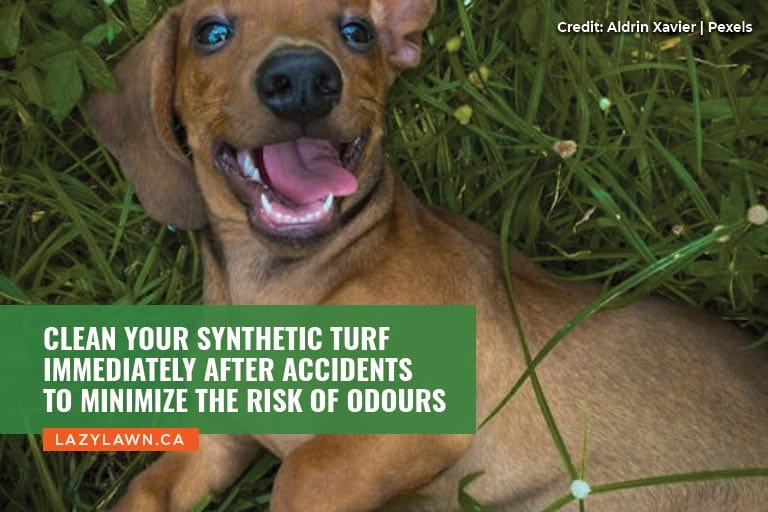
5. Controlling Odours
Odour control is particularly important if you have pets that frequently use the synthetic turf as a bathroom. Urine and other pet waste can cause unpleasant smells if not addressed promptly. To keep your lawn smelling fresh, it’s important to establish a routine for managing pet waste.
After your pet uses the turf, remove solid waste immediately and rinse the area with water. For urine, you can dilute it with water by hosing down the area. Periodically, you can use a turf deodorizer, which is specifically designed to neutralize odours without harming the turf. Enzyme-based cleaners are also effective for breaking down organic waste and preventing odour buildup.
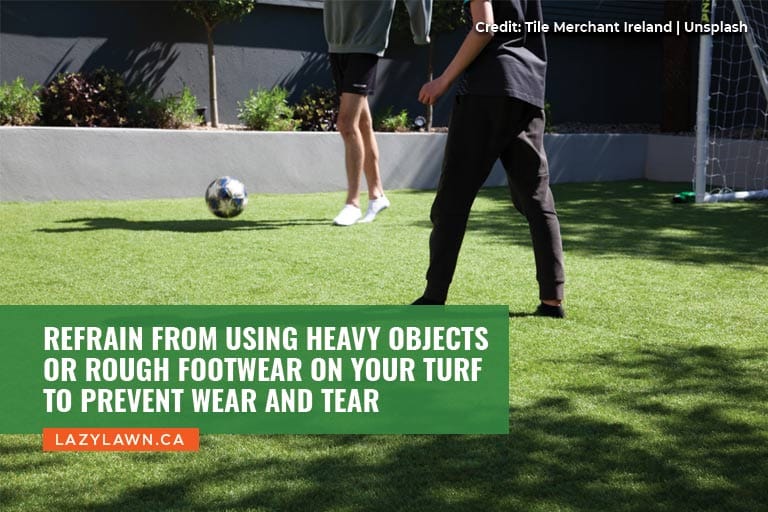
6. Protecting from Heavy Furniture
If you have outdoor furniture, heavy objects, or play equipment on your synthetic turf, it’s essential to take precautions to prevent damage. Heavy items can cause the turf fibres to flatten, and sharp edges can puncture or tear the turf.
To protect your synthetic lawn, use furniture with rounded edges or place protective pads under the legs of heavy items. If you need to move furniture or equipment, lift them rather than dragging them across the turf. If you notice any flattened areas after moving heavy items, brush the fibres to restore their original shape.
7. Dealing with Snow and Ice
Learning to care for your synthetic turf as the seasons change is a particularly vital aspect of proper maintenance. In regions where snow and ice are common during the winter months, synthetic turf requires special care. While synthetic turf is durable and can withstand cold temperatures, the weight of snow and ice can cause damage if not handled correctly.
When snow accumulates on your synthetic lawn, it’s best to let it melt naturally if possible. However, if you need to clear snow, use a plastic snow shovel rather than a metal one to avoid damaging the turf. Avoid using salt or other chemical deicers, as these can harm the turf fibres and the infill material. Instead, use a broom or leaf blower to remove light snow, and for ice, warm water can help melt it without causing damage.
8. Regular Inspections
Regular inspections are key to identifying potential issues with your synthetic turf before they become major problems. By conducting routine checks, you can spot signs of wear and tear, such as loose seams, tears, or areas where the infill material has shifted.
If you notice any issues during your inspection, it’s important to address them promptly. Small tears or loose seams can often be repaired with adhesive, while larger issues may require professional assistance. Keeping the infill material evenly distributed is also important for maintaining the integrity of the turf and providing adequate cushioning.
9. Maintaining the Infill
The infill material is a crucial component of synthetic turf, providing support to the fibres and helping them stay upright. Over time, the infill can become compacted or displaced due to foot traffic and weather conditions. Regularly checking and maintaining the infill will help prolong the life of your turf.
To maintain the infill, you can use a broom or brush to redistribute the material evenly across the surface of the turf. If you notice that the infill has become compacted, you may need to add more material to ensure proper support for the turf fibres. Different types of infill materials, such as sand or rubber, may require specific maintenance procedures, so it’s important to follow the manufacturer’s recommendations.
10. Professional Maintenance
While regular at-home maintenance is essential, scheduling periodic professional maintenance can also be beneficial. This is still true even when you’ve invested in low-maintenance ideas to boost your home’s curb appeal. Professional turf maintenance services can provide deep cleaning, power brushing, and infill replenishment that may be difficult to achieve with basic home tools.
A professional maintenance service can also inspect your turf for any underlying issues that may not be immediately visible. By investing in professional maintenance, you can extend the life of your synthetic turf and ensure it remains in optimal condition.
Synthetic turf has been growing increasingly popular in Canada over the years, and that trend doesn’t seem to be slowing down any time soon. Maintaining synthetic turf is relatively simple compared to the demands of a natural lawn, but it still requires attention and care to ensure it remains beautiful and functional for years to come. By following these 10 tips—regular cleaning, brushing, stain management, weed prevention, odour control, protection from heavy objects, snow and ice care, regular inspections, infill maintenance, and occasional professional care—you can enjoy a long-lasting, lush, and low-maintenance lawn that enhances the beauty of your outdoor space. With proper maintenance, your Winnipeg artificial turf will continue to provide a vibrant and inviting environment for outdoor activities, pets, and relaxation.
When you need quality synthetic turf to help boost your home’s curb appeal, Lazy Lawn is here to help. We provide a wide range of synthetic turf options to help you make your home more appealing, and without adding to the cost of water or maintenance. Give us a call now at (888) 622-5296 for affordable and appealing artificial grass.

